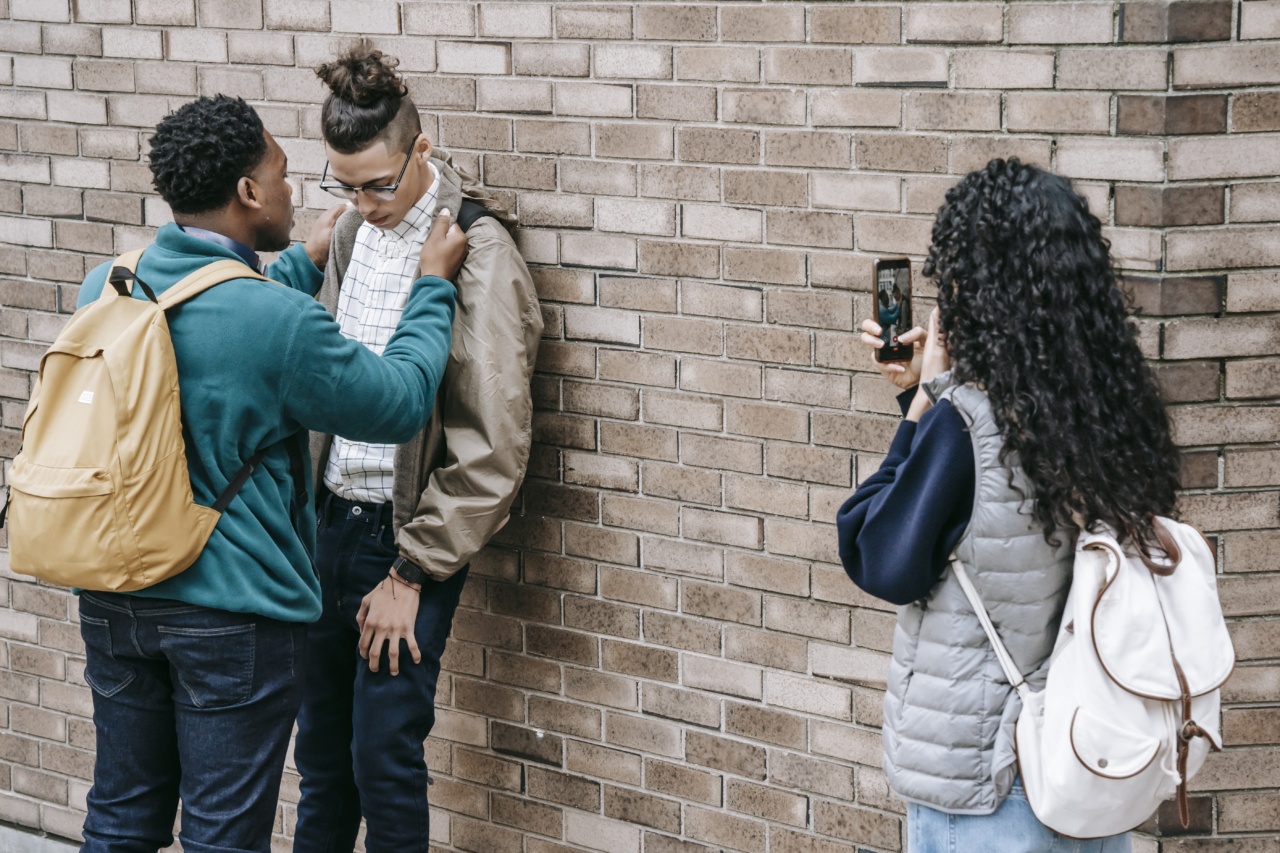Bullying is a form of aggressive behavior where one person uses power and control to hurt others. It can happen anywhere, at any time, and to anyone. The effects of bullying can be long-lasting and devastating.
One of the consequences of being bullied is engaging in risky sexual behavior. In this article, we will explore the relationship between bullying and risky sexual behavior and its implications.
What is bullying?
Bullying is a repeated aggressive behavior that can take various forms. It can be verbal, physical, or social. Verbal bullying can include name-calling, teasing, and spreading rumors. Physical bullying can be hitting, kicking, and pushing.
Social bullying involves exclusion, spreading rumors, and using technology to humiliate and harass others. Bullying can happen anywhere, including school, workplace, and social media. It can have a severe impact on the victim, leading to depression, anxiety, and even suicide in extreme cases.
The effects of bullying
The effects of bullying are not limited to physical and emotional harm. Victims of bullying are often forced into risky behaviors to cope with the trauma.
Research has shown that bullying can lead to substance abuse, reckless driving, and risky sexual behavior. The impact of bullying can ripple through the victim’s life, leaving them traumatized and unable to form healthy relationships.
Risky sexual behavior
Risky sexual behavior is any activity that increases the risk of contracting a sexually transmitted infection (STI) or unwanted pregnancy. It can include having unprotected sex, having multiple partners, and engaging in high-risk sexual activities.
It is often a result of low self-esteem, peer pressure, and a desire for acceptance. Risky sexual behavior can have far-reaching consequences, such as infertility, HIV/AIDS, and other STIs.
The link between bullying and risky sexual behavior
There is a clear link between bullying and risky sexual behavior. Victims of bullying are often targeted because of their perceived differences, such as their sexual orientation, gender identity, and physical appearance.
They are at high risk of developing low self-esteem, anxiety, and depression, which can lead to risky sexual behavior. Studies have shown that bullying is associated with early sexual activity, having multiple partners, and unprotected sex.
The implications of bullying and risky sexual behavior
The implications of bullying and risky sexual behavior are far-reaching. Victims of bullying are at a higher risk of developing emotional and mental health issues, leading to difficulties in forming healthy relationships.
They are also more likely to engage in risky behaviors, including substance abuse, reckless driving, and risky sexual behavior. This behavior can lead to STIs, unwanted pregnancy, and even death in extreme cases.
Preventing bullying and risky sexual behavior
Prevention is the key to addressing bullying and its consequences. Schools and communities can implement policies and programs that aim to reduce bullying and promote healthy relationships.
Parents can also play a vital role in preventing bullying by talking to their children about the importance of respect, kindness, and acceptance. By building a culture of respect and understanding, we can reduce the incidence of bullying and its associated risks, including risky sexual behavior.
Conclusion
Bullying is a pervasive problem that can lead to severe consequences, including risky sexual behavior. Victims of bullying are at a high risk of developing emotional and mental health issues, leading to poor decision-making and risky behaviors.
The link between bullying and risky sexual behavior should not be ignored, and prevention is the key to addressing this issue. We must work together to create a culture of respect, kindness, and acceptance to reduce the incidence of bullying and its associated consequences.



























